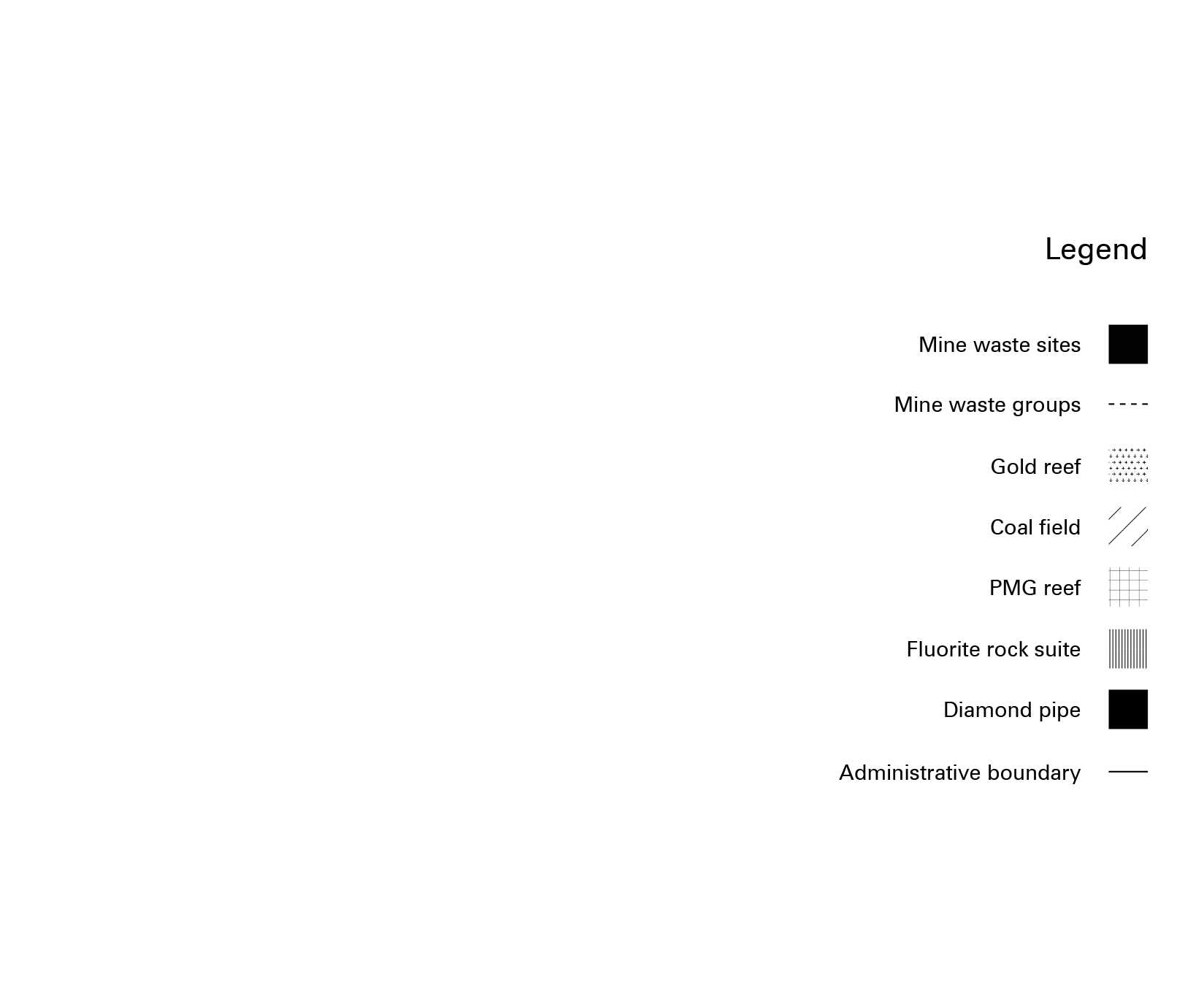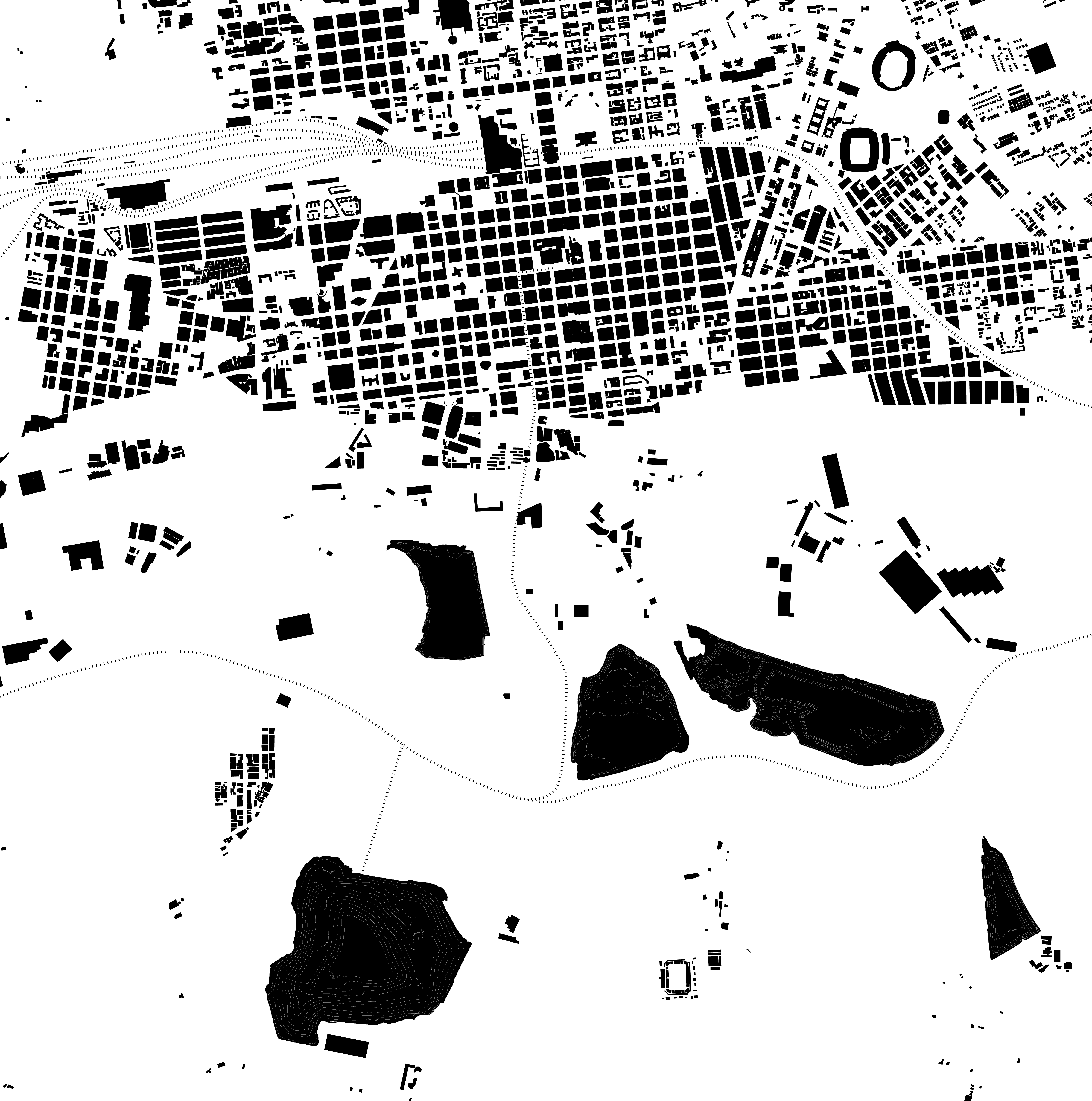Parliament of Things

Hollow body the tailings. A sublime 80m wide sphere located in the heart of a tailing, inspired by Cenotaph for Isaac Newton of Étienne-Louis Boullée, becomes a gathering space where ground "autopoiesis" can be translated into human language and applied to democratic principles. A post-human-architecture hidden into the iconic artefact of South African landscape alteration, a tailing, this building – Quoting Rosi Braidotti – offers the opportunity “acknowledge that subjectivity is not the exclusive prerogative of Anthropos [...] that matter is intelligent and self-organizing (autopoiesis); that the subject is not unitary but nomadic; and that subjectivity includes relations to a multitude of non-human ‘others. In this framework ‘life’ is not only defined as bias but also as a zoe-centred, non-human process”
From “Posthuman Critical Theory” (Rosi Braidotti 2018, p. 339 -340)

Altered Landscape
Gauteng+
The landscape that is produced by the extraction industry is scattered with waste sites that have completely transformed and now define the landscape in and around Gauteng. Overburden heaps, sand tailings, slimes dams and industrial waste deposits are located in the vicinity of their respective mining sites.


Dual Scenario
Johannesburg’s outskirts
The city of Johannesburg portrays two symmetrical urban scenarios. Divided by the M1 highways the urban fabric profoundly changes it’s peculiarities, passing from a dense, western, financial district - in the north - to a post-industrial arrangement a the bottom.This drawing analyses the principal artefacts by confronting their footprints and spatial layout.


